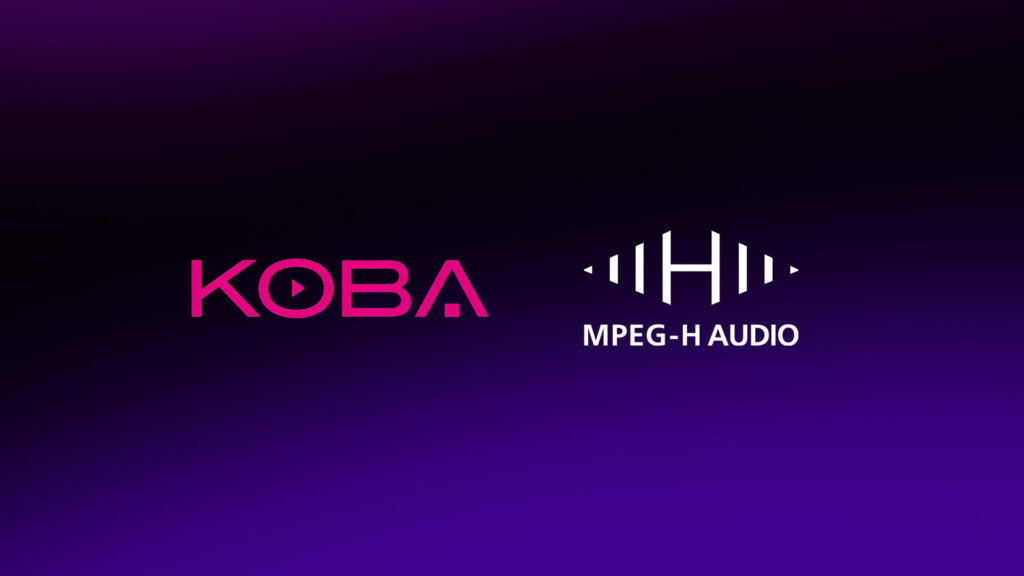At this year’s KOBA Show in Seoul, KBS unveiled a groundbreaking demonstration of MPEG-H Audio in ATSC 3.0, signaling a new era of personalized and immersive TV experiences for Korean audiences.

Korean Broadcasting System (KBS) has taken a significant step forward in next-generation broadcasting by showcasing advanced MPEG-H Audio capabilities within the ATSC 3.0 standard at this year’s KOBA Show in Seoul.
Held from May 20 to 23, 2025, the KOBA Show served as the perfect stage for KBS to showcase their integration of advanced MPEG-H Audio features. Using a Set-Top-Box with MPEG-H Audio support, KBS presented a range of own productions with MPEG-H Audio interactivity options that highlighted the system’s flexibility and audience-oriented system).
Personalized Audio Across Genres
The demo content spanned a wide variety of programming, each tailored to showcase a unique aspect of MPEG-H Audio:
- Sports: Viewers could choose their preferred commentator, allowing fans to follow the game with a focus on their favorite team.
- Drama: Dialogue enhancement made it easier to follow conversations, especially in scenes with complex sound design.
- News: Broadcasts were available in multiple languages, demonstrating the system’s multilingual capabilities.
- Music Programs: Interactive audio allowed users to adjust individual stems, such as vocals or instruments, for an improved’ listening experience.
These features were made accessible through the MPEG-H Audio User Interface, which KBS’ expects to be supported soon by TV set manufacturers in South Korea, similar to the devices by Hisense and LG that have been demonstrated in Brazil for their next generation broadcast system. Once enabled, these capabilities will offer audiences unprecedented control over their audio experience.
Introducing the system to National Assembly members
The importance of this technology was underscored by a high-profile briefing during the event. Mr. Jang-beom Park, President and CEO of KBS, introduced the MPEG-H Audio system to the Chair of the National Assembly’s broadcasting committee, emphasizing the benefits of multilingual audio selection and the broader potential of personalized broadcasting.
“We are enthusiastic about the results of the MPEG-H Audio trials and see tremendous potential for enhancing audience satisfaction. As the industry moves toward broader adoption of ATSC 3.0, early experimentation and trials like this position KBS as a leader in delivering next-generation audio experiences,” says Younjae Yim, Deputy Director of KBS.
With continued collaboration between broadcasters, technology providers, and device manufacturers, Korean audiences may soon enjoy a new era of television where they can truly tailor their experience to their preferences.

